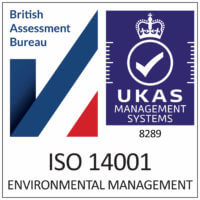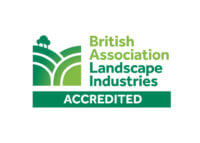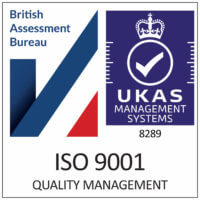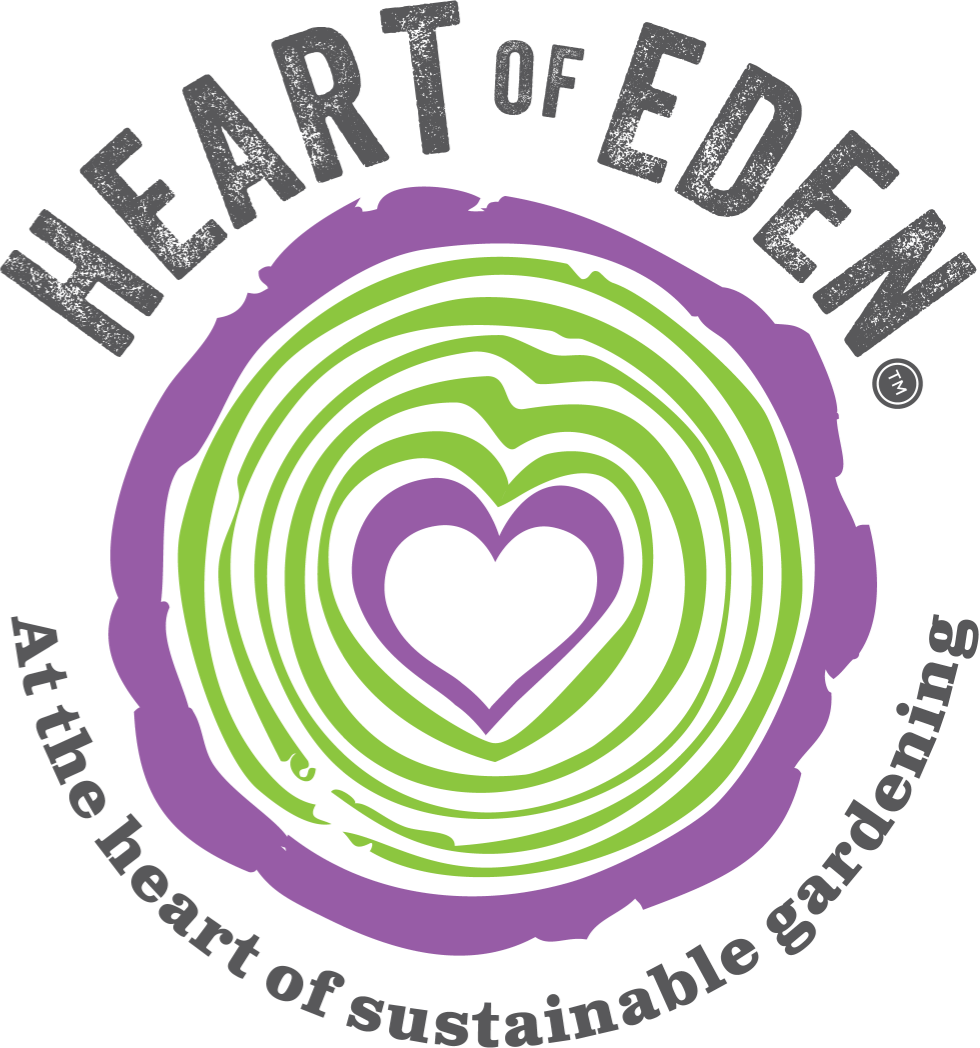Is peat-free compost suitable for flower arrangements and indoor plants?
Oct 9th 2023
Imagine being able to create beautiful flower arrangements and breathe life into your indoor plants, all while using a compost that is not only eco-friendly but also highly effective. The question arises – is peat-free compost the solution we have been waiting for? Can this all-purpose compost truly meet the needs of flower arrangements and indoor plants? In this article, we will explore the suitability of peat-free compost for these purposes, shedding light on its benefits and potential drawbacks, so you can make an informed decision for your green thumb endeavors. Get ready to discover a greener alternative that doesn’t compromise on quality or aesthetics.
Benefits of Using Peat-Free Compost
Environmentally Friendly
Using peat-free compost is not only beneficial for your plants, but it is also environmentally friendly. Peat is a non-renewable resource that is typically harvested from sensitive wetland ecosystems. The extraction process of peat contributes to the release of carbon emissions and the destruction of natural habitats. By choosing peat-free compost, you are reducing your carbon footprint and helping to preserve these vital ecosystems.
Reduces Carbon Emissions
One of the significant benefits of using peat-free compost is the reduction in carbon emissions. Peat extraction involves draining wetlands and exposing the organic matter within the peat to oxygen, causing decomposition and the release of greenhouse gases into the atmosphere. By using peat-free compost, you are choosing a sustainable alternative that helps mitigate climate change and reduce the carbon footprint associated with gardening practices.
Renewable Resource
Unlike peat, which takes thousands of years to form, peat-free compost is made from renewable resources. These composts are typically created from sustainable materials.
Healthy Soil Structure
Peat-free compost offers numerous benefits for the health of your soil. It helps to improve soil structure by promoting better drainage and aeration, allowing plant roots to access oxygen more efficiently. Additionally, peat-free compost enhances the ability of the soil to retain moisture, ensuring that your plants receive the necessary water without becoming waterlogged. This improved soil structure also encourages the growth of beneficial microorganisms that support nutrient availability and plant health.
Types of Indoor Plants and Flower Arrangements
Different Indoor Plant Species
When it comes to indoor plants, there is a wide variety of species to choose from. Some popular options include tropical plants like the Monstera deliciosa or Philodendron, which thrive in environments with high humidity and indirect light. Succulents such as the Aloe vera or Echeveria are also a great choice for indoor spaces, as they require less frequent watering and prefer bright, indirect sunlight. Other common indoor plants include the Peace Lily, Snake Plant, and Spider Plant, each with its unique requirements and aesthetic appeal.
Flower Arrangement Designs
Flower arrangements can add beauty and vibrancy to any indoor space. Whether you prefer a tall, elegant arrangement or a compact display bursting with color, there are various design options to suit every taste. Some popular flower arrangement designs include minimalist arrangements with a single type of flower, cascading arrangements that drape over the edges of containers, and symmetrical arrangements that create a balanced visual impact. Additionally, seasonal flower arrangements can reflect the changing colors and themes throughout the year, giving your indoor space a fresh and dynamic feel.
Requirements for Healthy Growth
Lighting Conditions
Lighting plays a crucial role in the healthy growth of indoor plants. Most plants require bright, indirect light to thrive. Placing your indoor plants near windows that receive filtered light throughout the day is ideal. However, it’s essential to consider each plant’s specific lighting needs. Some plants, such as succulents, require more direct sunlight, while others, like ferns, prefer lower light levels. Understanding the lighting requirements of your plants will help ensure their optimal growth and prevent issues such as leggy, stretched-out growth or leaf discoloration.
Temperature and Humidity
Maintaining appropriate temperature and humidity levels is vital for indoor plant health. Most indoor plants prefer temperatures between 65-75°F (18-24°C). Avoid placing plants near drafts or heating or cooling vents that may create extreme temperature fluctuations. Additionally, indoor plants often thrive in higher humidity environments. Misting the leaves or using a humidifier can help increase humidity levels, especially during dry winter months when indoor heating can cause air to become dry and arid.
Watering and Drainage
Proper watering techniques are essential for the health of indoor plants. It’s crucial to water thoroughly when the top inch of soil feels dry to the touch, ensuring water penetrates deep into the root zone. However, overwatering can lead to root rot and other issues. Using a well-draining potting mix, such as peat-free compost, is crucial to prevent waterlogged soil and promote healthy root growth. Adequate drainage is key, so be sure to choose pots with drainage holes and avoid allowing excess water to accumulate in saucers or trays.
Nutrient Needs
Indoor plants require a balanced supply of nutrients for healthy growth. While peat-free compost offers some nutrients, it may not provide all of the necessary elements in sufficient quantities for long-term indoor plant health.
Peat-Free Compost: A Viable Alternative
Composition of Peat-Free Compost
Peat-free compost is typically composed of renewable materials. These materials are carefully selected and combined to create a nutrient-rich and well-balanced growing medium for your plants. Peat-free composts often contain organic matter that decomposes gradually, releasing nutrients over time and improving the overall health and fertility of the soil.
Effectiveness in Plant Growth
Contrary to popular belief, peat-free compost can be just as effective in promoting plant growth as traditional peat-based compost. When formulated correctly, peat-free compost provides the necessary nutrients, moisture retention, and drainage properties that plants require for healthy development. Utilizing peat-free compost in your gardening practices not only supports sustainable and eco-friendly choices but also ensures that your plants will flourish.
Suitability for Indoor Plants
Peat-free compost is highly suitable for indoor plants. Its ability to promote healthy soil structure, moisture retention, and nutrient availability aligns perfectly with the needs of indoor plants. By using peat-free compost, you can provide your indoor plants with an optimal growing medium that supports their growth and wellbeing. Its renewable nature also helps to conserve the delicate ecosystem habitats that peat extraction threatens.
Tips for Using Peat-Free Compost in Flower Arrangements
Preparation and Mixing
When using peat-free compost in flower arrangements, it’s crucial to prepare and mix the compost properly. Start by moistening the compost before use to ensure adequate hydration for your flowers. To achieve the desired consistency, mix equal parts peat-free compost, perlite, and well-rotted organic matter. This mixture provides a nutrient-rich and well-draining environment for your flowers to thrive.
Watering and Moisture Control
Proper watering and moisture control are vital for flower arrangements using peat-free compost. Monitor the moisture levels regularly and water as needed to prevent the compost from drying out. Avoid overwatering, as it can lead to root rot or fungal diseases. Consider using a moisture meter or simply sticking your finger into the compost to test for moisture levels. Adjust your watering schedule accordingly to maintain optimal moisture balance.
Tips for Using Peat-Free Compost with Indoor Plants
Potting and Repotting
When potting or repotting indoor plants with peat-free compost, follow these tips for success. Choose a pot with drainage holes and fill it with a layer of peat-free compost. Gently place your plant’s root ball on top and fill the remaining space with peat-free compost, ensuring the roots are adequately covered. Firmly press the compost down to eliminate air pockets but avoid compacting it too tightly. Water thoroughly after potting to help settle the compost and provide initial hydration to the roots.
Watering and Drainage
Proper watering and drainage are critical for indoor plants grown in peat-free compost. Water your plants thoroughly, allowing water to flow freely through the drainage holes. Ensure the compost is adequately moistened but not waterlogged. Empty any excess water from saucers or trays to prevent root rot. Adjust your watering schedule based on the specific needs of your plant and the moisture-holding capacity of the peat-free compost.
Top Dressing
To maintain soil fertility and enhance the appearance of indoor plants, consider top dressing with peat-free compost. Gently remove the top layer of old compost and replace it with fresh compost. This replenishes nutrient levels, promotes healthy root growth, and can help control weed growth. Top dressing also gives your indoor plants a fresh and vibrant look, making them a focal point in your living space.
Maintaining Healthy Plants with Peat-Free Compost
Regular Monitoring and Care
To ensure the continued health and vitality of your plants, regular monitoring and care are essential. Check your plants regularly for signs of nutrient deficiencies, pests, or diseases. Adjust watering and fertilization schedules as needed. Regularly remove any dead or dying leaves and trim back overgrown foliage to promote airflow and prevent the spread of diseases.
Signs of Imbalanced Soil
Observing signs of imbalanced soil is crucial for maintaining healthy plants. Yellowing leaves, stunted growth, or brown spots may indicate nutrient deficiencies or excesses. If your plants are showing signs of nutrient imbalances, consider adjusting your regimen or seeking expert advice. Additionally, be vigilant for signs of root rot or fungal diseases, which can occur if the soil is excessively moist or lacks proper drainage.
Troubleshooting Issues
If you encounter any issues with your plants while using peat-free compost, don’t panic. Many common problems can be resolved with appropriate care and adjustments. If your plants are not thriving, ensure they are receiving adequate light, water, and nutrients. Adjust these factors accordingly and observe how your plants respond. If issues persist, consult with gardening experts or a local horticulturist for further advice.
Conclusion
Choosing to use peat-free compost offers a multitude of benefits for both flower arrangements and indoor plants. By opting for peat-free alternatives, you contribute to the preservation of delicate ecosystems, reduce carbon emissions, and promote sustainable gardening practices. Peat-free compost provides a renewable resource that supports healthy soil structure, enhances plant growth, and ensures the long-term health and vitality of your indoor plants.






